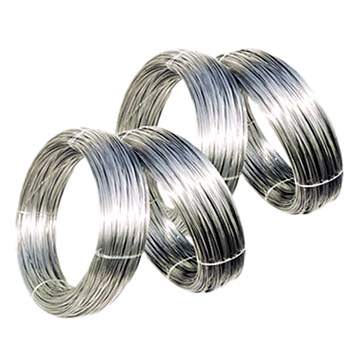

Hastelloy C4 wire |
||||||||||||||||||||||||||||||||

Specification
Hastelloy C4 has poor corrosion resistance to oxidizing environments, therefore, it is not recommended for use in oxidizing media or in the presence of ferric or cupric salts because they may cause rapid premature corrosion failure. These salts may develop when hydrochloric acid comes in contact with iron and copper. Therefore, if this nickel steel alloy is used in conjunction with iron or copper piping in a system containing hydrochloric acid, the presence of these salts could cause the alloy to fail prematurely. What are the characteristics of Hastelloy C4 ?
Chemical Composition, %
In what applications is Hastelloy C4 used?
Fabrication with Hastelloy C4
Problems associated with fabrication of alloy C4 components should be minimized with alloy C4 due to its improved thermal stability. A low carbon content permits alloy C4 to be used in the as-welded condition. Hastelloy C4 has good overall forming and welding characteristics. This alloy can be forged or otherwise hot-worked, providing that it is held at 2250�� F for a sufficient amount of time to , bring the entire piece to temperature. Since it is a low carbon alloy, the use of lower hot finishing temperatures may be necessary to achieve grain size control. It may also be formed by cold working. Although it does work-harden somewhat rapidly, C4 alloy components can be made using all common cold forming techniques. All common welding techniques may be used with alloy C4, however, oxyacetylene and submerged arc welding processes are not recommended when the fabricated item is to be used in corrosives. Last product:Inconel 625 Strip Next product:Stainless steel 310/310S |